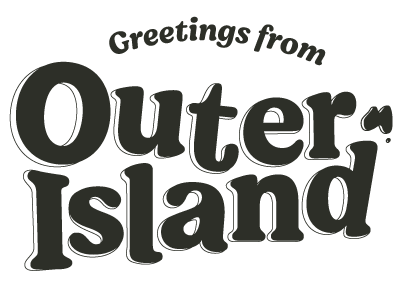Sydney Film Festival - Blue
A photo I took last year of the Indian Ocean in Western, Australia
"From space, our planet appears as a tiny blue dot in the vastness of space. Blue, because 99% of all living space on Earth occurs in the Ocean. But the seas are under threat. The industrialization that has occurred in the oceans over the last century mirrors the events that triggered mass extinctions on land." - from the Documentary Australia Foundation, 2017.
Amy and I went with some friends to see the documentary Blue which was part of the Sydney Film Festival a couple of weeks ago. It follows seven people (ocean guardians) as they explore and discuss issues like:
- Plastic Pollution
- Overfishing
- Declining Marine Life
- Destruction of Habitat and
- Ocean Change
Amy and I love the oceans. We spend days swimming and snorkeling, exploring and marveling at what's hidden just below the surface. To me it's a huge escape and a reminder of how amazing our oceans and planet really are.
But. And this is a big but -- our oceans are in danger. Blue talks about how by 2050 there will be more plastic in the oceans than fish! Think about that for a minute. It's depressing and made me feel small. Helpless like my future children will never know the joy of swimming in a colorful reef among many fish small. As a human race, we've screwed up royally when it comes to the seas.
top left: from Blue, bleached coral, top right: from Blue, filming, bottom left: last Winter at the Indian Ocean, bottom right: Blue's ocean guardian campaign
The footage is confronting and hard to watch at times, but it was effective. Afterwards, Amy and I tried to think of all the small changes we could make to help reduce our plastic use further. In full disclosure, Amy's always been a little better than me at this and especially when we were in New York, I always used the excuse that I never had enough time. Even though New York is surrounded by water, it was really easy to disconnect there. I think for a lot of people the issue feels far away. Like our garbage magically disappears and we don't have to think about where it goes or how much we produce -- it's something I know I've been guilty of that in the past.
One of the more alarming vignettes from the film followed Dr. Jennifer Lavers, a marine eco-toxicologist who's working to save seabirds in Australia and especially Shearwater birds, 90% of which contain plastic in their stomachs. In startling footage, Blue follows Dr. Lavers as she goes out at night into the rainforest to find Shearwater chicks.
Because the baby birds are fed by their mothers, they are inadvertently ingesting the plastic that their mothers regurgitate. It can block or rupture their digestive tract, leaking contaminants into their bloodstream and in many cases causing death due to ulcers, liver damage and infertility. When this bird goes extinct, there will be no doubt what the cause was.
At the end of the film there was a Q&A with the director and producer. Many of the questions focused on the same theme which was is it too late and what can we do to help? The director, Karina Holden, spoke eloquently about her vision for the film. She has worked extensively on animal and wild documentaries in the past, but they always focus on pristine habitats and rarely include the effect humans have had on the planet. She said she wanted to show something real.
She explained there were many things we could do to help. On Blue's website, they have a great place to start. Their take action list: https://bluethefilm.org/take-action/
The film will be out in theaters this October - definitely check it out!
Cheers,
Stephanie


